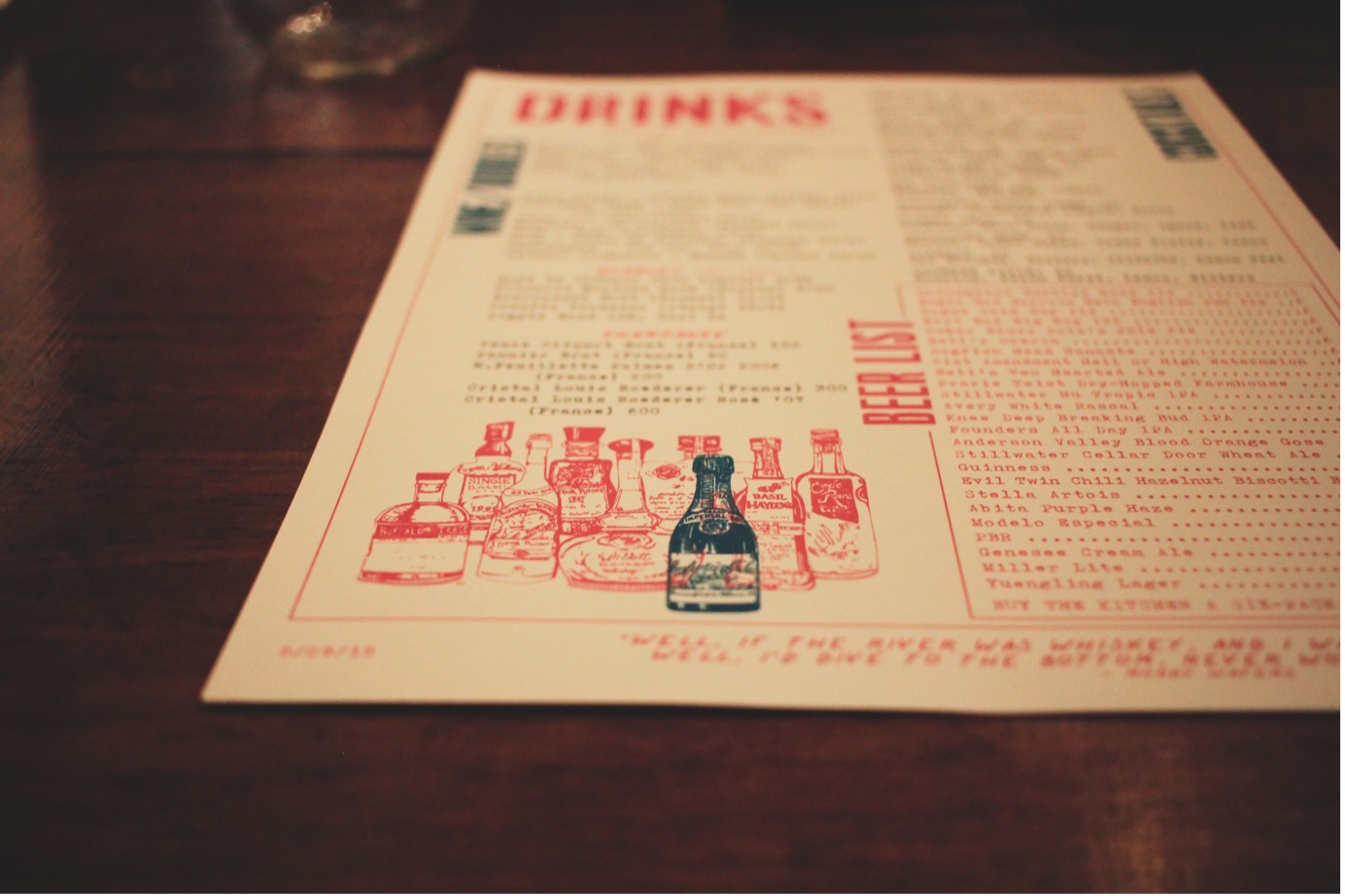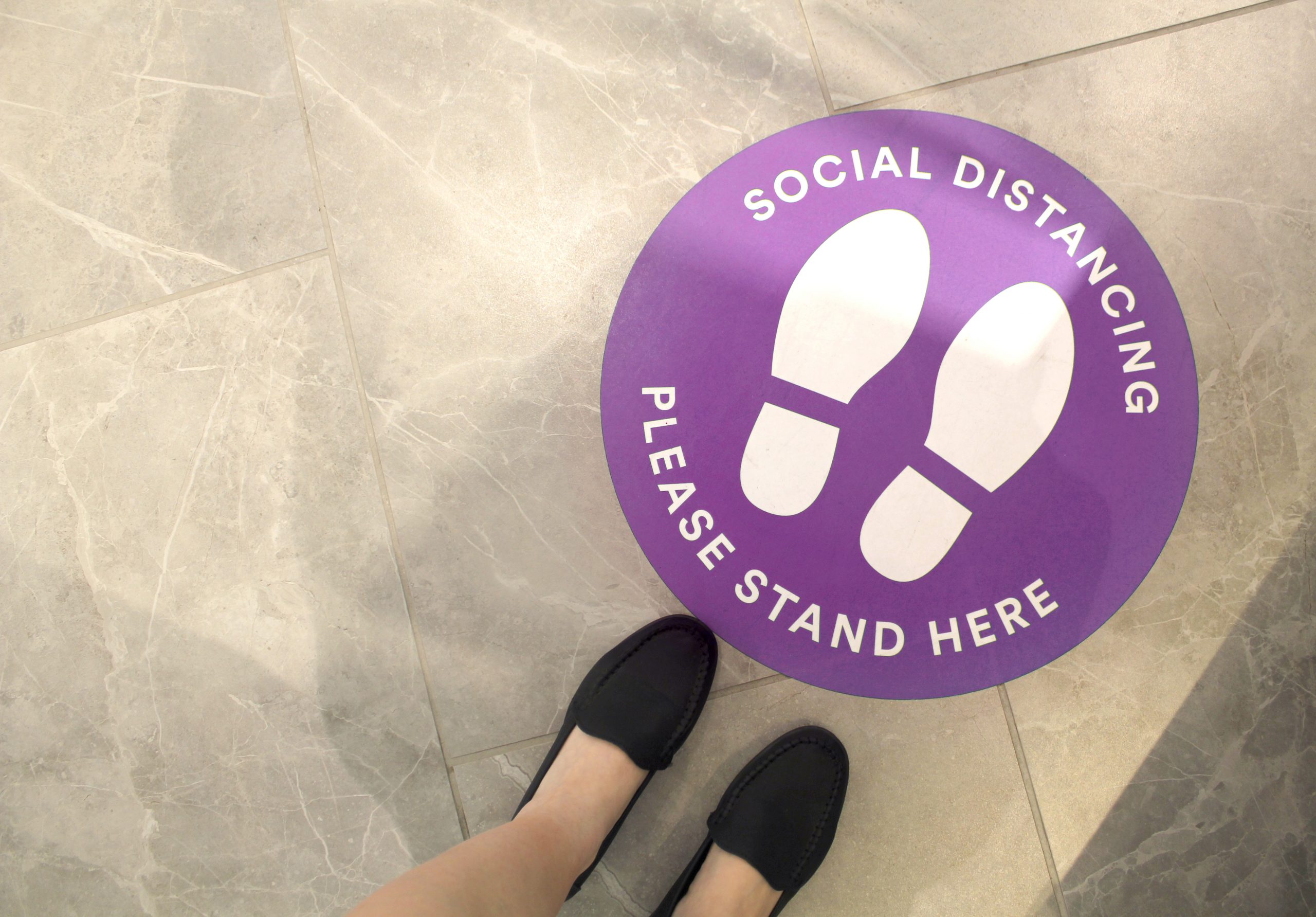This website uses cookies so that we can provide you with the best user experience possible. Cookie information is stored in your browser and performs functions such as recognising you when you return to our website and helping our team to understand which sections of the website you find most interesting and useful.
Search Products
Navigating the Digital Shift: Print and Paper in a Post Pandemic World
 At the height of the pandemic in 2021, many consumers had shifted from print on paper to the internet and read more on digital devices, across all categories of communications, including; newspapers, magazines, books, catalogues, bills and statements, tax statements and personal health information1.
At the height of the pandemic in 2021, many consumers had shifted from print on paper to the internet and read more on digital devices, across all categories of communications, including; newspapers, magazines, books, catalogues, bills and statements, tax statements and personal health information1.
That trend has reversed, however, with consumer preference for print rising significantly over the past two years. The survey shows that the percentage of European consumers who prefer to read printed books has risen to 65%, up from 53% in 2021. The preference for printed magazines is now 51%, up from 35%. The trend for newspapers and catalogues is similar, with the preference for print up to 31% from 26%, and to 33% from 21%, respectively. The preference for paper bills and statements is also on the rise, up to 38% from 19%1.
Rather than seeing digital channels as competitors, the print industry has embraced digital integration to enhance its offerings. Printers now leverage digital technologies to streamline processes, enhance design capabilities, and provide personalised print solutions. This integration allows for the seamless integration of digital and print marketing, providing customers with a comprehensive and cohesive brand experience.
Advanced printing technologies also enable printers to create highly tailored print materials. Digital printing, for instance, has opened up new possibilities for customisation and innovative print applications. These technologies allow for faster turnaround times, cost-effective short-run printing, and the ability to create unique and eye-catching print materials.
To enhance the effectiveness of print materials, printed pieces often integrate augmented reality to create interactive elements. By incorporating scannable elements like QR codes into print medias, it allows for immersive content, product demonstrations, and direct links to digital platforms, bridging the gap between print and digital media. Cosmopolitan magazine for example, has been including QR codes linked to Amazon storefronts since 20192.
While digital communication continues to thrive, the unique benefits and sensory experience offered by print materials can still make them a valuable and effective part of marketing and communication strategies. Businesses need to assess their target audience, industry trends, and specific objectives to determine the appropriate balance between print and digital in their overall marketing mix.
Featured Articles




